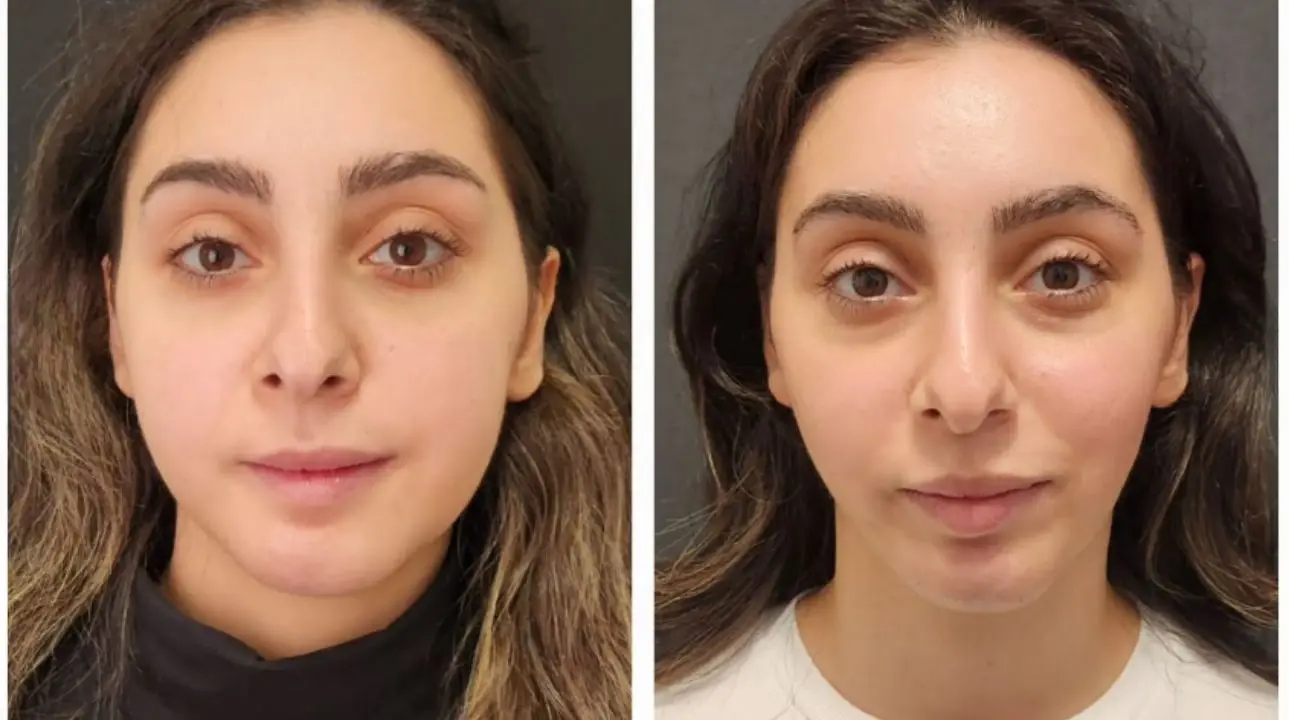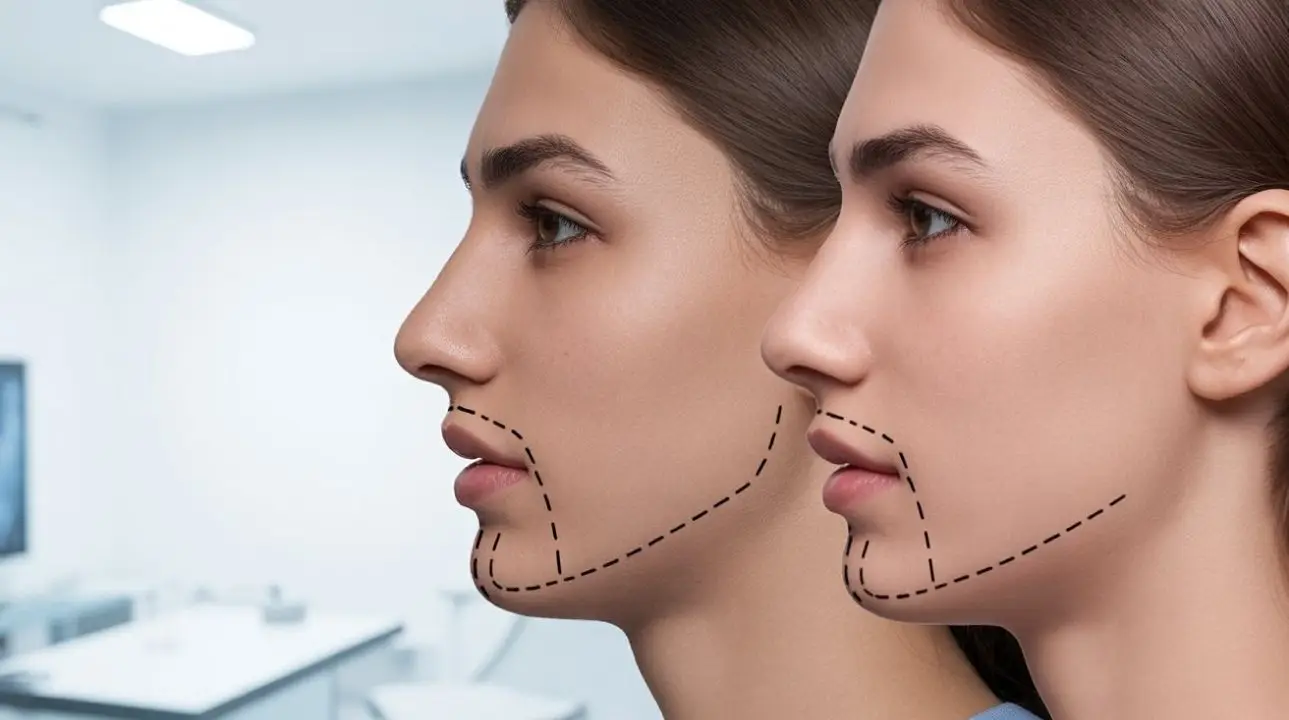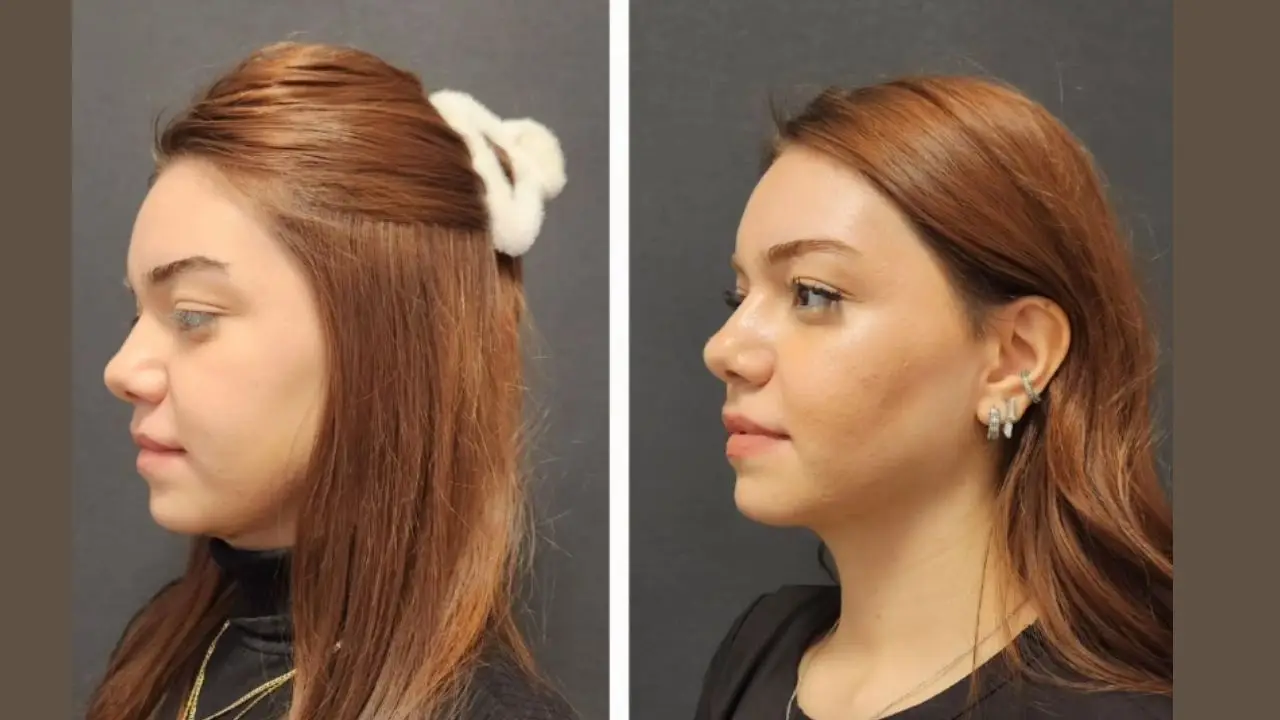The orthognathic surgery consultation is conducted to determine whether patients are suitable candidates for this procedure and to provide them with information. Patients share their complaints and expectations with their doctors. The doctors, based on their physical examination and the results of other tests, inform patients about the potential outcomes and risks of the surgery.
As with any surgical procedure, the consultation is the first step in the process and is extremely important. A quality consultation is directly related to successful and lasting results. The rest of the article will address details that are often inquired about regarding the orthognathic surgery consultation.
What is Orthognathic Surgery?
Orthognathic surgery is a surgical procedure performed to correct skeletal abnormalities and deformities of the jaw structure. It is suitable for patients whose lower jaw is positioned too far forward or backward in relation to the upper jaw, leading to misalignments in bite closure. The surgery can involve repositioning the lower or upper jaw, as well as reducing or widening the jawbone. It is not a single standard procedure but is customized based on the patient’s condition.
This procedure also provides solutions for aligning the jaw joints and teeth, having both aesthetic and functional effects, allowing its use in various fields. It is commonly employed in aesthetic dentistry and orthodontic treatment.
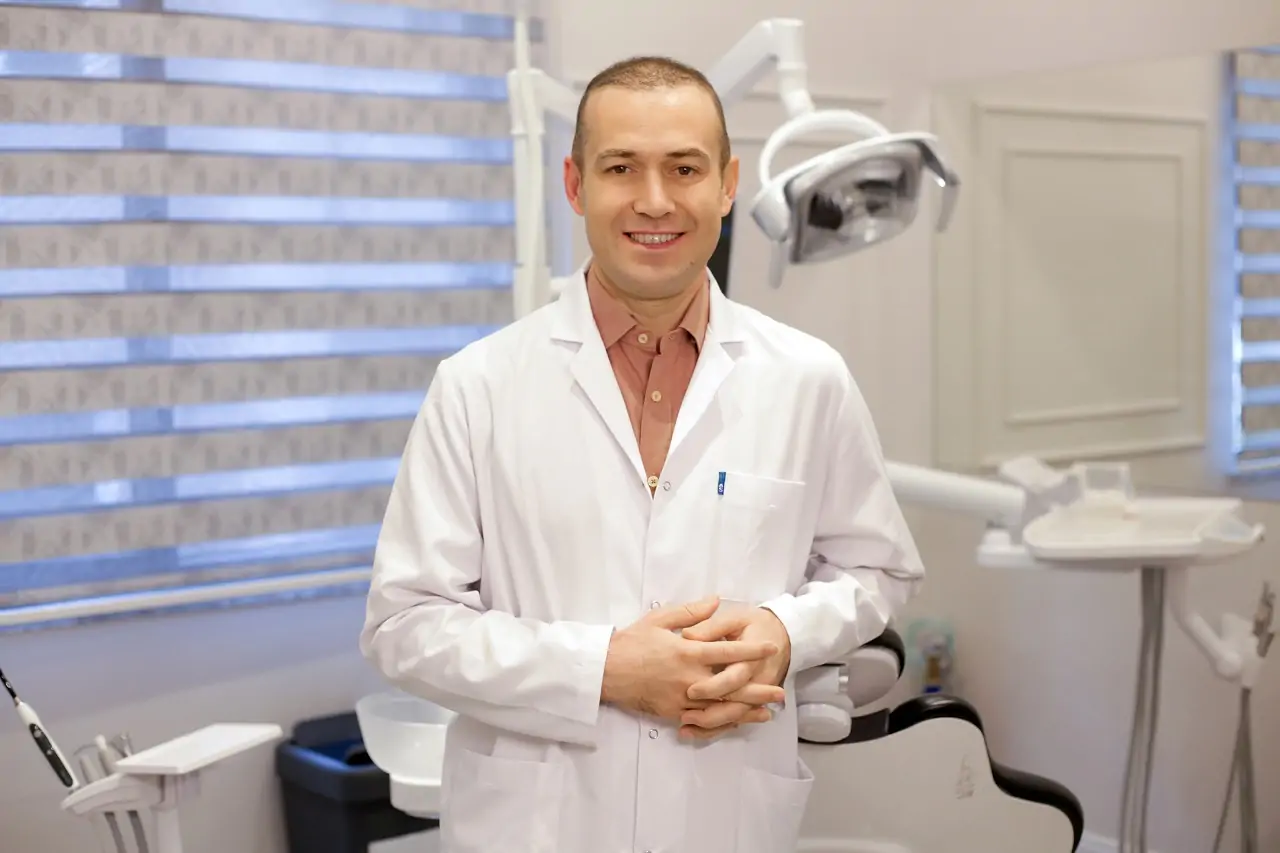
How is Orthognathic Surgery Consultation Conducted?
The orthognathic surgery consultation is a detailed evaluation process, where each step is closely related to the success of the procedure and the patient’s recovery. This process is carried out by a jaw surgery specialist. The stages of the consultation process are as follows:
1-Evaluation of Dental and Jaw Structure
The position of the jaws relative to each other and the shape of the bite (occlusion) are assessed. Issues with jaw and tooth alignment and their causes are identified, involving both jaw surgery specialists and orthodontists. The initial evaluation helps determine if the patients are suitable candidates for the procedure.
2-Application of Imaging Techniques
Various imaging techniques are utilized to clearly define the jaw and dental structures of patients. A panoramic X-ray provides images of the tooth roots, while a CT scan offers detailed views of the jaw and face. Additionally, a lateral cephalometric film helps establish the position of the jaw and skull bones.
Imaging methods provide detailed information about the patient’s jaw and skull structures, allowing for the identification of problematic areas or points.
3 – Functional Evaluation
In this stage, the functions played by the jaw are assessed in detail. The specifics are outlined in the table below:
| Functions | Evaluation |
| Chewing | Due to incorrect jaw alignment, the teeth do not come together properly when biting. This prevents proper chewing of food and can lead to digestive problems. |
| Speech | Misalignments in the jaw and teeth hinder the proper articulation of certain sounds. |
| Breathing | Existing issues in the jaw structure can lead to breathing problems and conditions such as sleep apnea. |
Functional evaluation holds significant importance within the orthognathic surgery consultation. The assessment of the benefits and risks of the surgical procedure largely depends on the complaints identified during this stage.

4 – Aesthetic Evaluation
The procedure will alter the patients’ aesthetic appearance. Therefore, during the orthognathic surgery consultation, an aesthetic evaluation of the patients’ faces is also conducted. Imbalances, inconsistencies, or asymmetry issues in the right and left sides can be corrected through facial aesthetics.
5 – Preparation for Orthodontic Treatment
One of the goals of this procedure is to position the teeth correctly. Therefore, a general evaluation of the teeth is conducted, and if necessary, a plan for orthodontic treatment is developed for the patients. In some cases, braces may be applied after the surgical procedure. The opinions provided by the dentist are crucial at this stage. Treatments to be performed before or after surgery are determined during the orthognathic surgery consultation process.
6 – Surgical Plan
After evaluating the entire process and deciding that the patient is suitable for the procedure, the surgical plan is created. This can be considered the final stage of the orthognathic surgery consultation process. The lower jaw, gums, upper jaw, joints, and soft tissues are assessed as a whole to determine which method will be used in the surgery and which specialists will be involved in the process.
The orthognathic surgery consultation should be conducted by experienced doctors. For detailed information about this treatment and the consultation process, you can contact Prof. Dr. Celal Candirli at any time.
Who is Orthognathic Surgery Suitable For?
The orthognathic surgery consultation is conducted to determine if the procedure is appropriate for patients. Generally, adults who have completed their physical development are considered suitable candidates. However, this effective procedure may not be appropriate for every patient. Candidates for this procedure include those with:
- Underdeveloped or overdeveloped lower or upper jaws
- Speech and chewing problems due to jaw position discrepancies
- Aesthetic issues resulting from jaw bone irregularities
- Facial asymmetry
These types of problems indicate that patients may be suitable candidates for treatment. However, the final decision will be made by the surgeon after the orthognathic surgery consultation. Reviewing experiences from other patients can provide insights into this process.
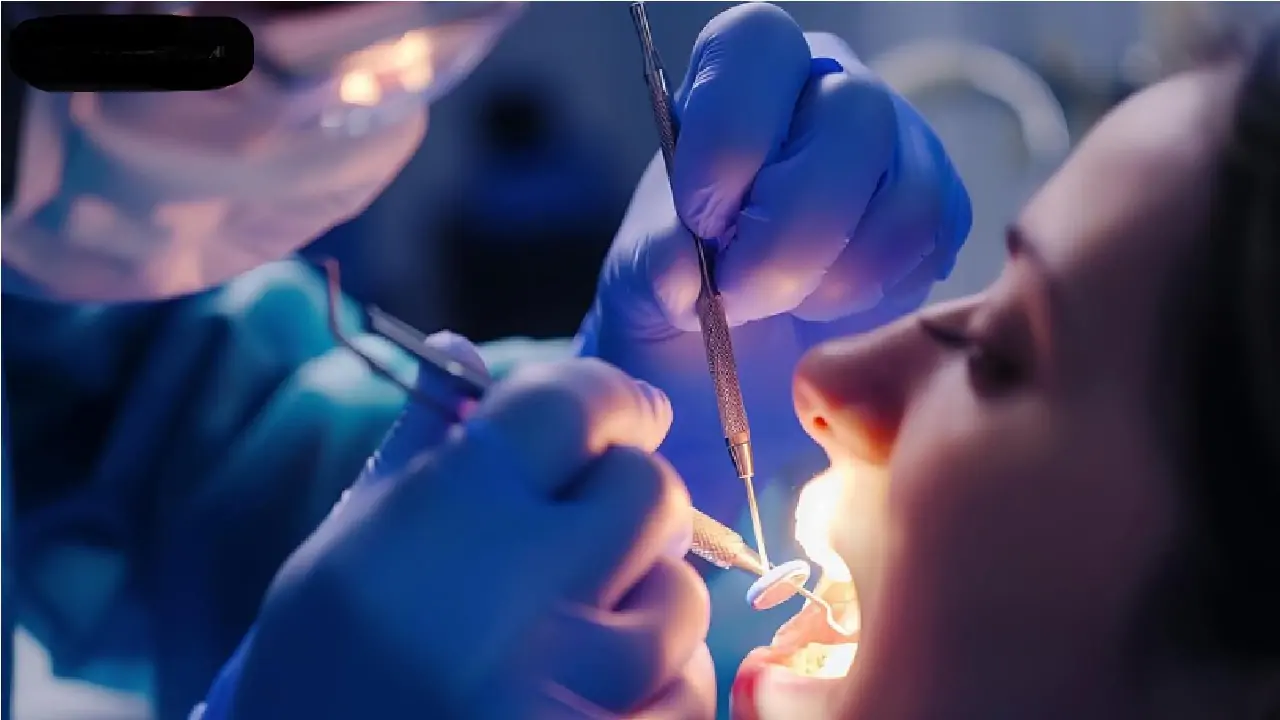
How is Jaw Surgery Performed?
After the orthognathic surgery consultation, planning is done, and patients are prepared for surgery. The operation is performed in different ways depending on the patient’s condition, but the general procedure is as follows:
- The procedure begins under general anesthesia.
- An incision is made either inside the mouth or at another appropriate location to access the jaw bones.
- The bones are cut and repositioned, using materials referred to as implants, such as plates and screws.
- After thorough checks, the procedure is concluded.
Orthognathic surgery can be performed in public hospitals or private clinics if conducted by experienced doctors.
Complications of Orthognathic Surgery
During the orthognathic surgery consultation, patients are informed about potential complications, allowing them to decide whether to proceed with treatment. As with any surgical procedure, there are certain risks, including:
- Bleeding
- Infection
- Bruising and redness
- Swelling
- Nerve damage
- Joint problems
- Unsatisfactory outcomes
Orthognathic Surgery Prices 2024
The prices for orthognathic surgery vary based on the doctor’s experience, the location of the clinic, the pricing policy, and the specific procedure to be performed. Therefore, it is very difficult to provide a definitive figure for jaw surgery costs. Prices can differ significantly for nearly every patient. To learn current figures and get information about the orthognathic surgery consultation, feel free to contact us at any time.
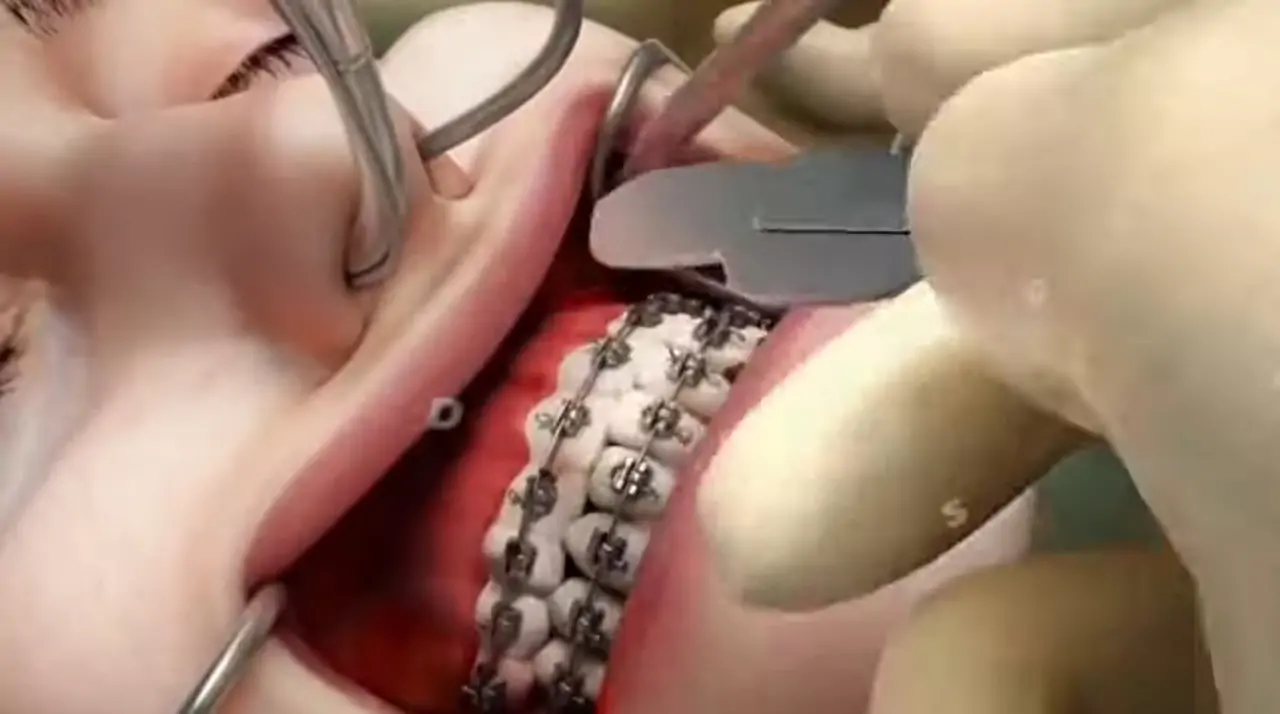
Frequently Asked Questions About Orthognathic Surgery Consultation
Below are some frequently asked questions regarding the orthognathic surgery consultation and their answers:
1-How is Orthognathic Surgery Performed?
Jaw surgery is performed through an incision made inside the mouth. The jaw bones are reshaped and repositioned using specialized techniques, thereby addressing closure issues and discrepancies.
2-Why is Orthognathic Surgery Consultation Conducted?
Misalignments in jaw closure, aesthetic concerns, and functional problems are the reasons for this procedure. The orthognathic surgery consultation determines whether patients with these types of issues are suitable candidates for the procedure.
3-How Much Do Orthognathic Surgery Prices Range?
Prices become clear after the surgical plan is established following the orthognathic surgery consultation. Additionally, the doctor’s experience and the clinic’s pricing policy influence this process.
4-At What Age is Orthognathic Surgery Performed?
Candidates who have completed their bone development are suitable for this procedure. The orthognathic surgery consultation helps confirm the candidates’ eligibility.

